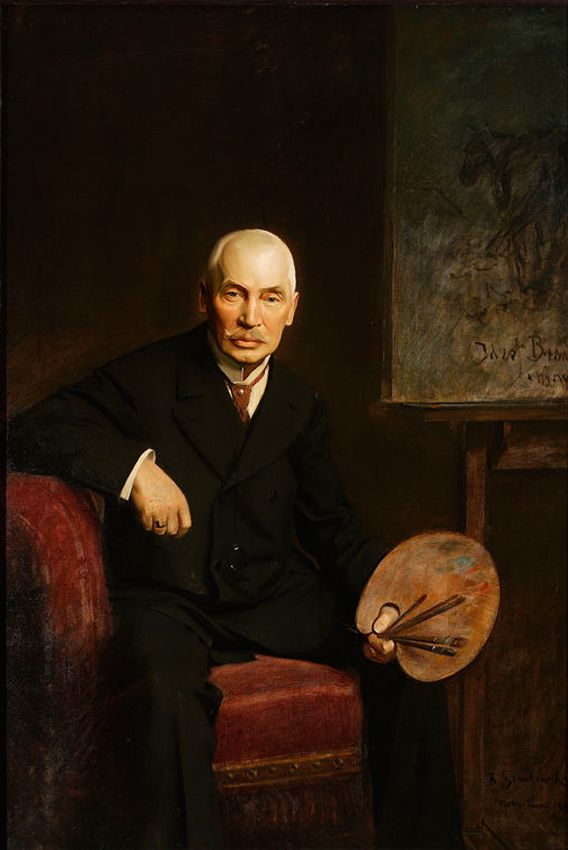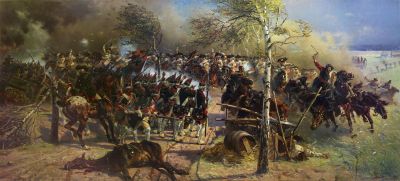Józef Brandt
Mediathek Sorted
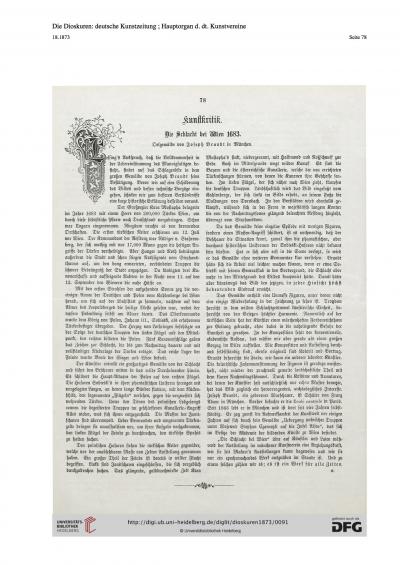
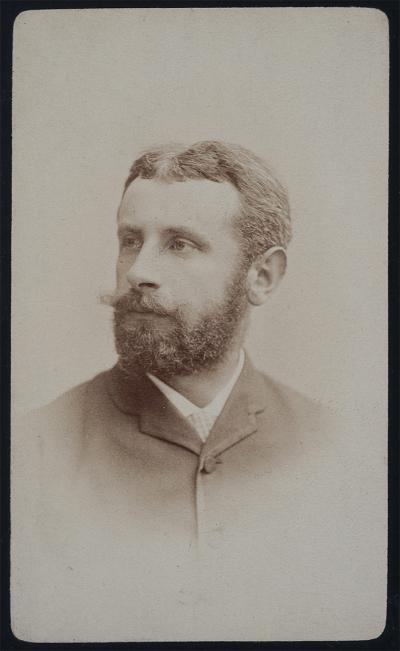
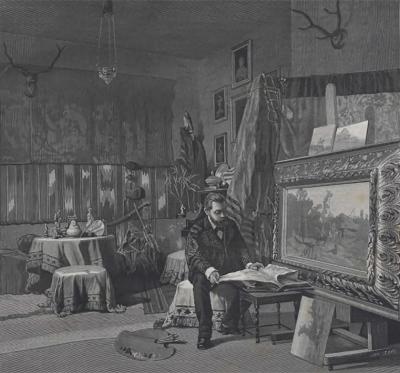
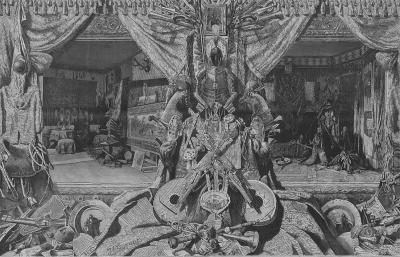
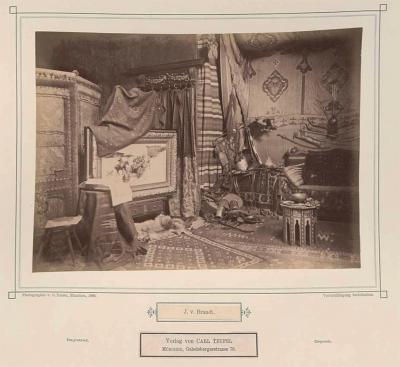
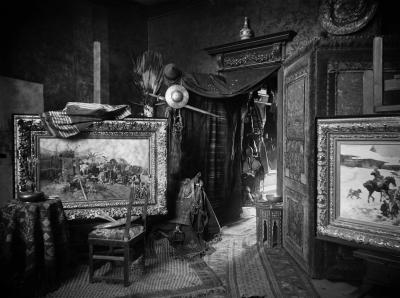
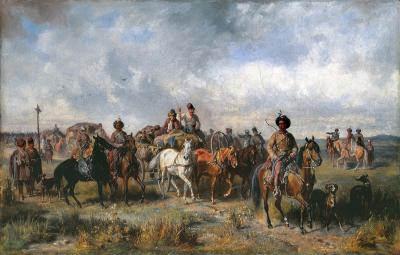

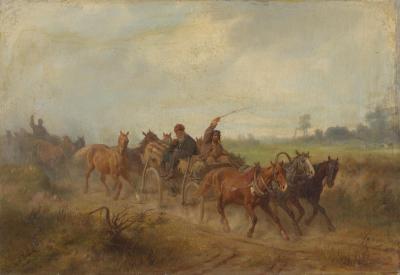
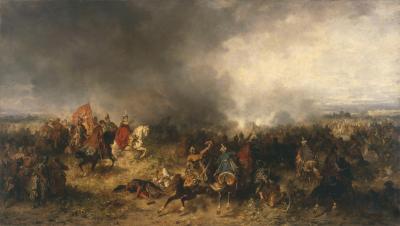
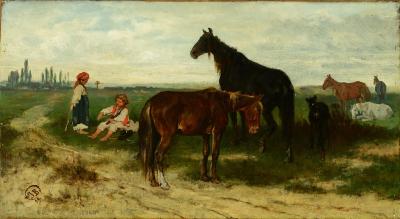
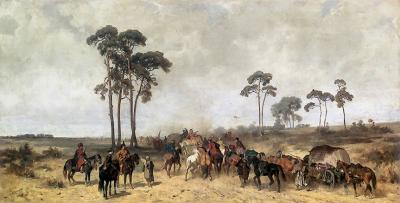
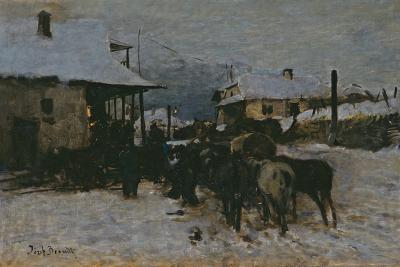
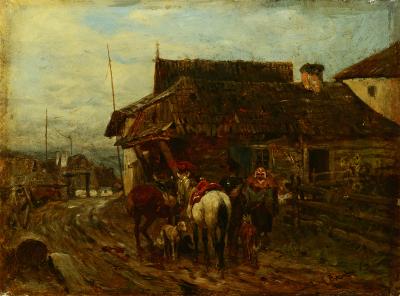
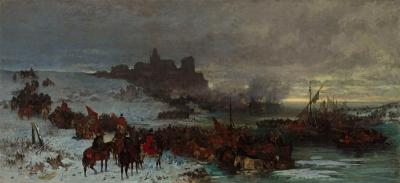
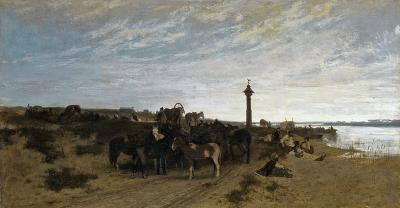
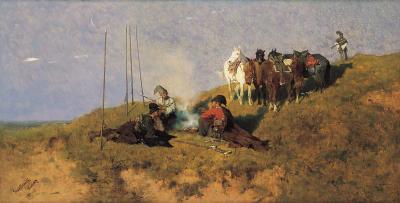
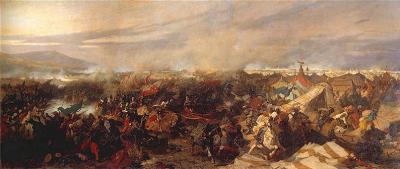
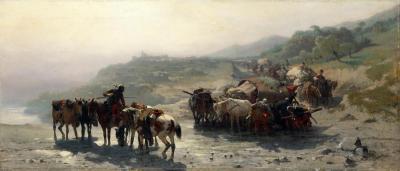
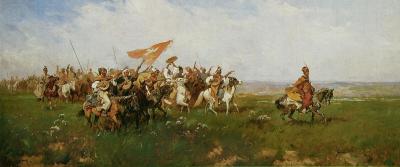

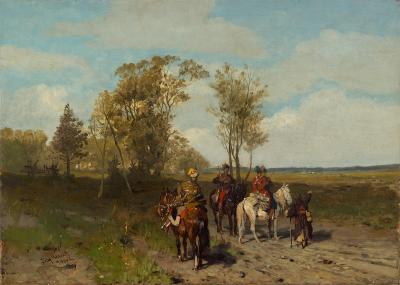
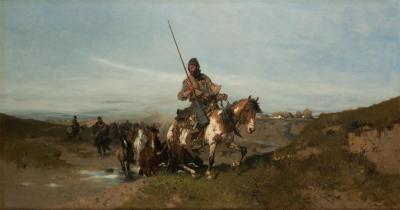
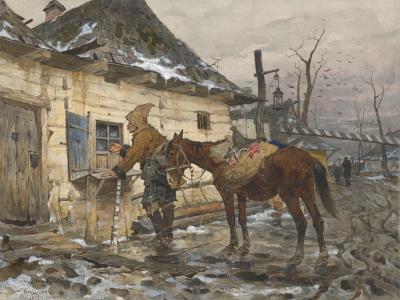
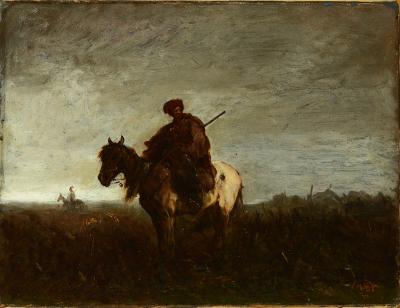
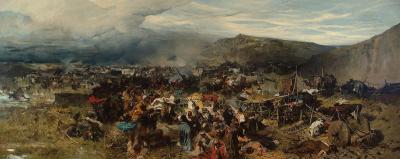
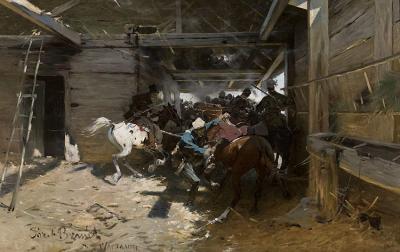
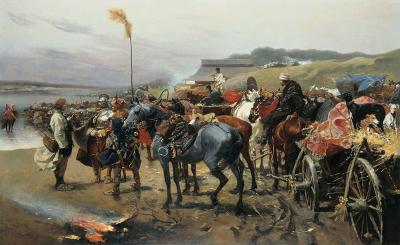
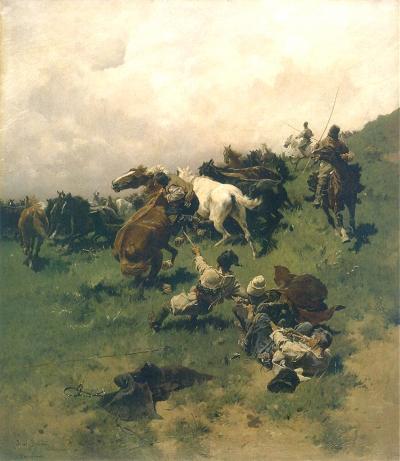
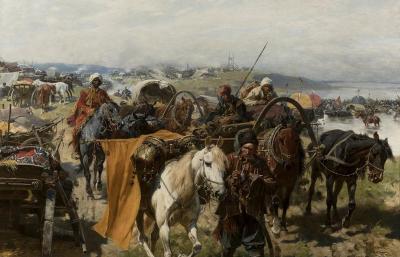
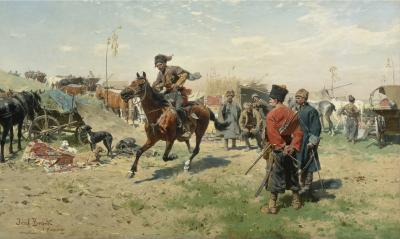
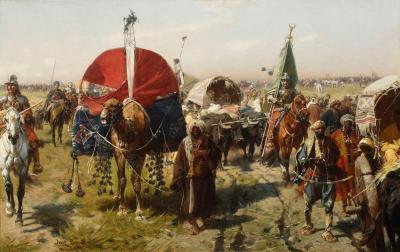

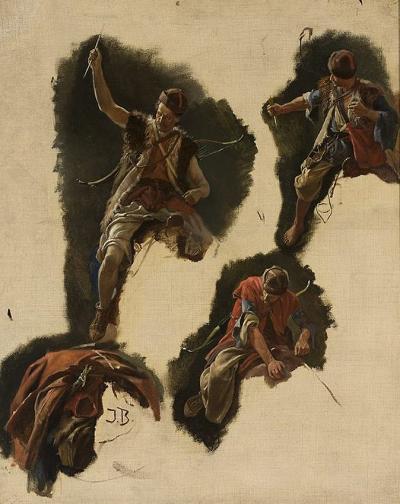
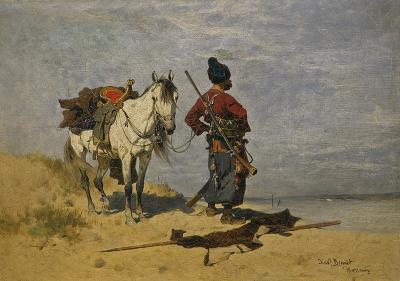
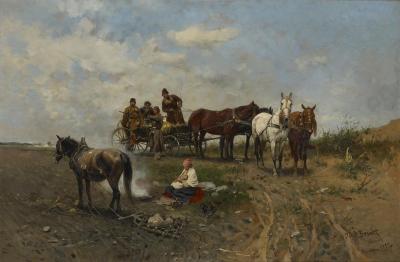
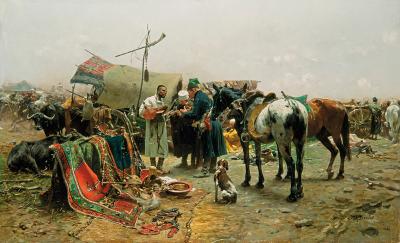
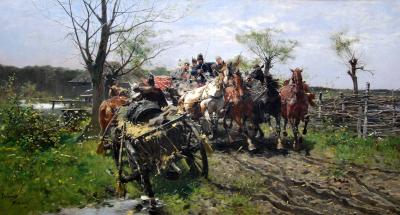

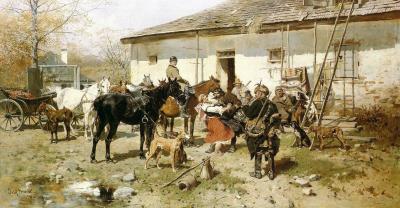
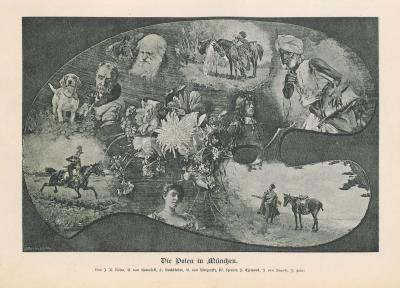
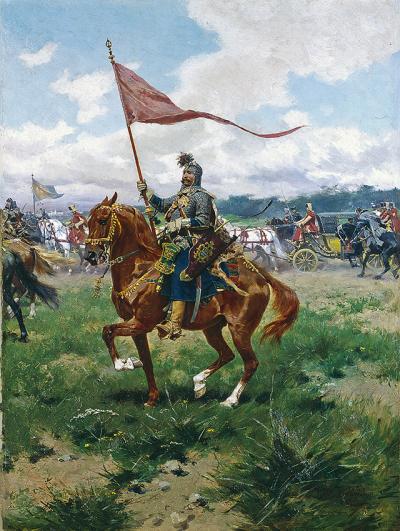
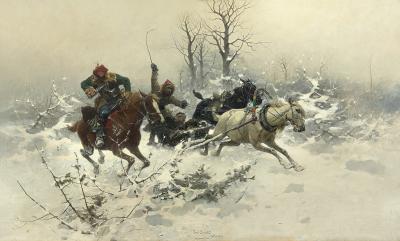
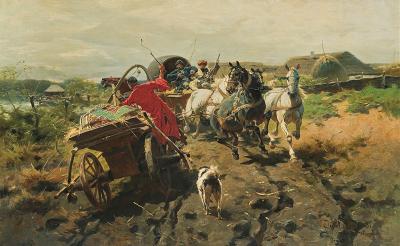
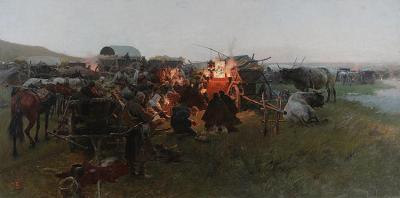
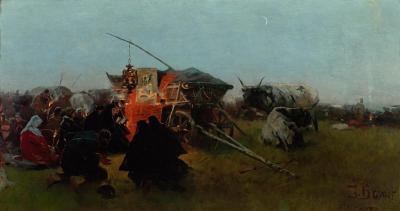
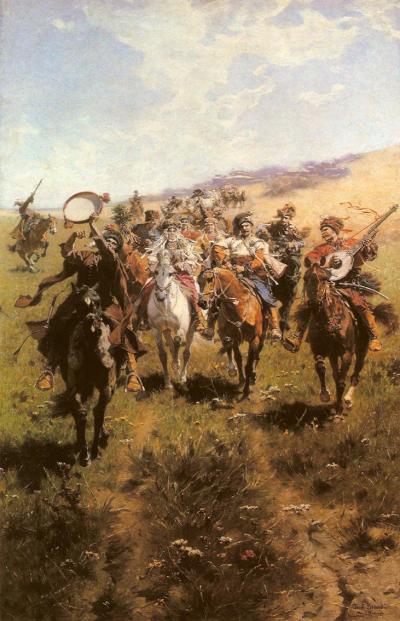
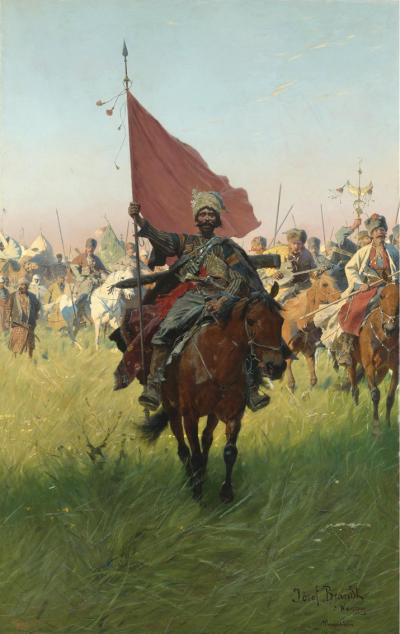
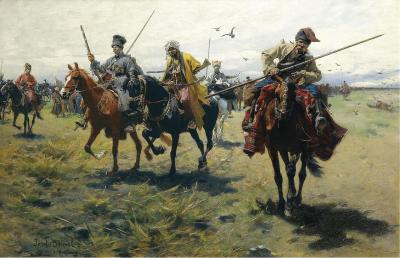
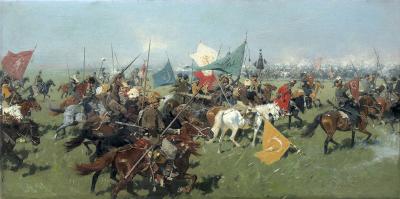

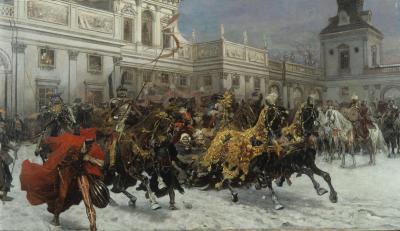
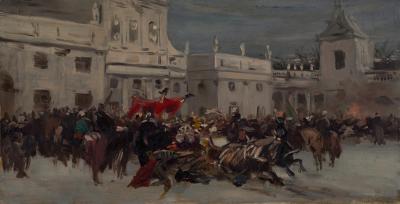

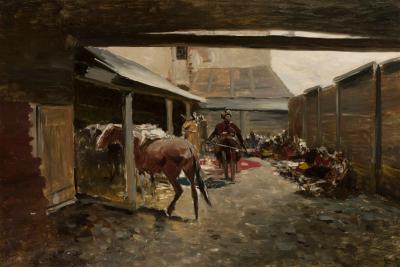
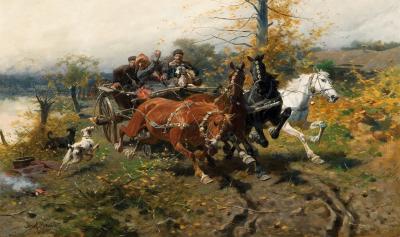
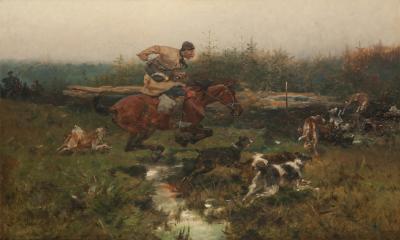
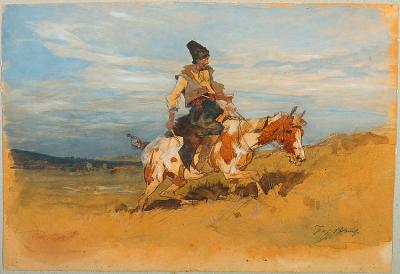
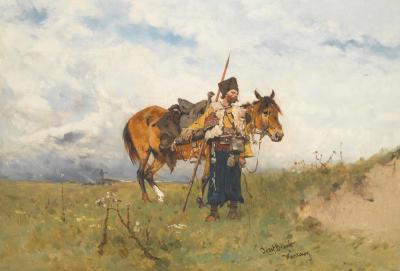
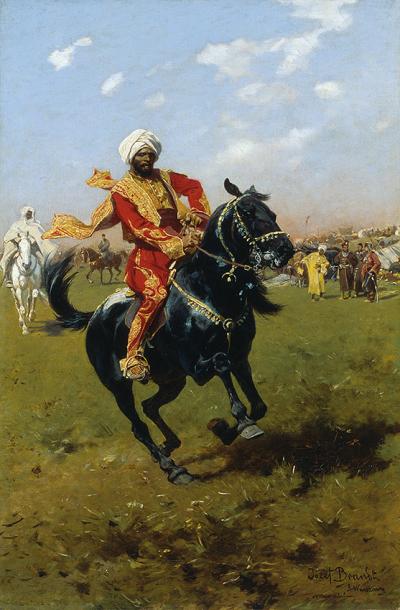
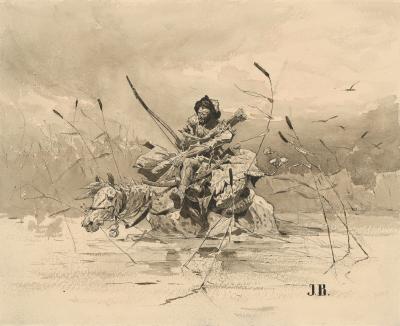
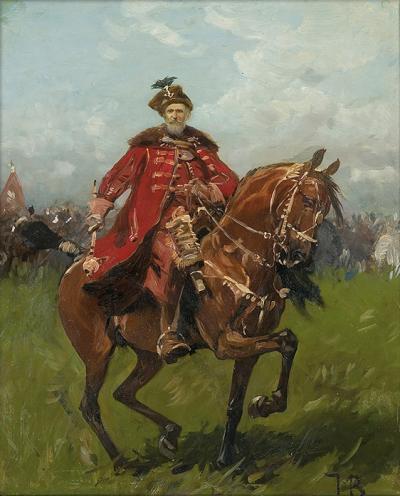
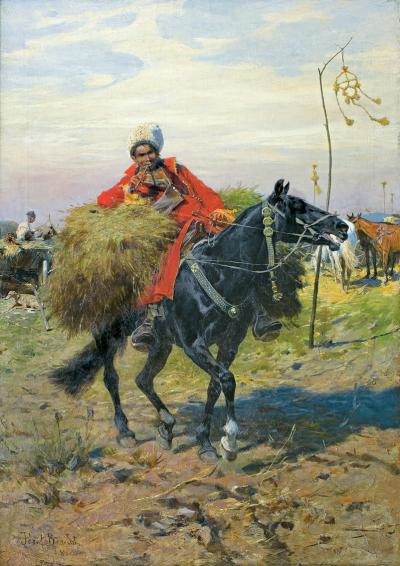
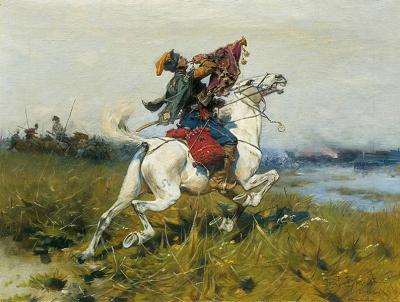
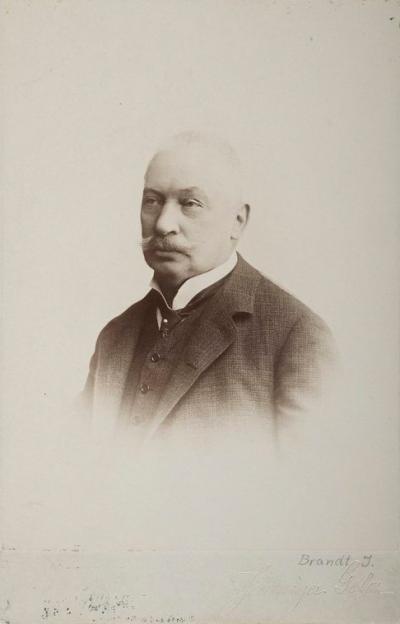

During the summer holidays Brandt regularly travelled to Poland to visit his family in Warsaw and Konary, where Helbich and his family had settled in 1867. He first visited his friend Aleksander Pruszak in Galicia, where he had fled after the January uprising in 1863 and met his future wife, Helena von Woyciechowski. Helena and Pruszak were married in 1866 and settled at the estate in Orońsko. Brandt is said to have told friends that If he ever married a woman, it would be Helena. Pruszak's mother, Amelia, loved the presence of artists and ran an artistic and literary salon in Orońsko, where plays and concerts were held alongside discussions. The uncles, Helbich and Lesser, were not the only regular guests here. Brandt also stayed for several days. He is alleged to have set up his first studio for students of painting in Orońsko in 1866. Amelia Pruszak died in 1867, and in 1873 Aleksander passed away at the tender age of 36. After a discreet period of mourning, Brandt married Helena, his friend's widow and owner of the Orońsko estate, in June 1877.[38]
Genre motifs seem to have been by far the main themes in Brandt's work “Parting” (1867),[39] which shows a Cossack saying farewell to his wife on the edge of a village; “Grazing Horses” (1869, fig. 10) with a boy playing music to his sister; “A Break in a Small Town” (circa 1870, fig. 12) and “In the Tavern” (fig. 13), where both scenes portray horses at a streetside inn; “Waiting for the Boat” (1871, fig. 15), which shows peasants and traders resting with their waggons and horses before crosssing a river; “A Break in the Steppe” (undated, fig. 20); and “Cossack with a Girl at the Fountain” (1875),[40] “The Market in Balta” (1875),[41] “Horse Breeding” (1876, fig. 22) and “A Polish Horseman with his Horse at the Toll House” (1877, fig. 23) reveal the different themes. The existing paintings and sketches are, however, only a selection of numerous similar and varied motifs, as can be seen in contemporary photographs and reproductions. There are horses in every picture. Most scenes show a departure, a journey through the steppe, to the market place, to the next town or a stop on the way. It is not always clear whether the subjects are farmers, soldiers returning home or scattered soldiers, Cossacks in peacetime or during military operations.
[38] Pruszak 2015 (see note 24), page 59-61
[39] Pożegnanie, 1867. Oil on canvas, 39 x 61.5 cm, National Art Gallery, Lemberg. A large number of paintings by Józef Brandt are chronologically listed at: http://www.pinakoteka.zascianek.pl (called up on 18.11.2017). The works are reproduced with correct details.
[40] Kozak z dziewczyną przy studni, 1875. Oil on canvas, 51 x 99 cm, National Museum in Kielce/Muzeum Narodowe w Kielcach
[41] Jarmark w Bałcie, 1875. Oil on canvas, 150 x 302 cm, now lost. There is a black and white photor in the Orońsko exhibition catalogue 2015 (see further reading), page 12





















































































